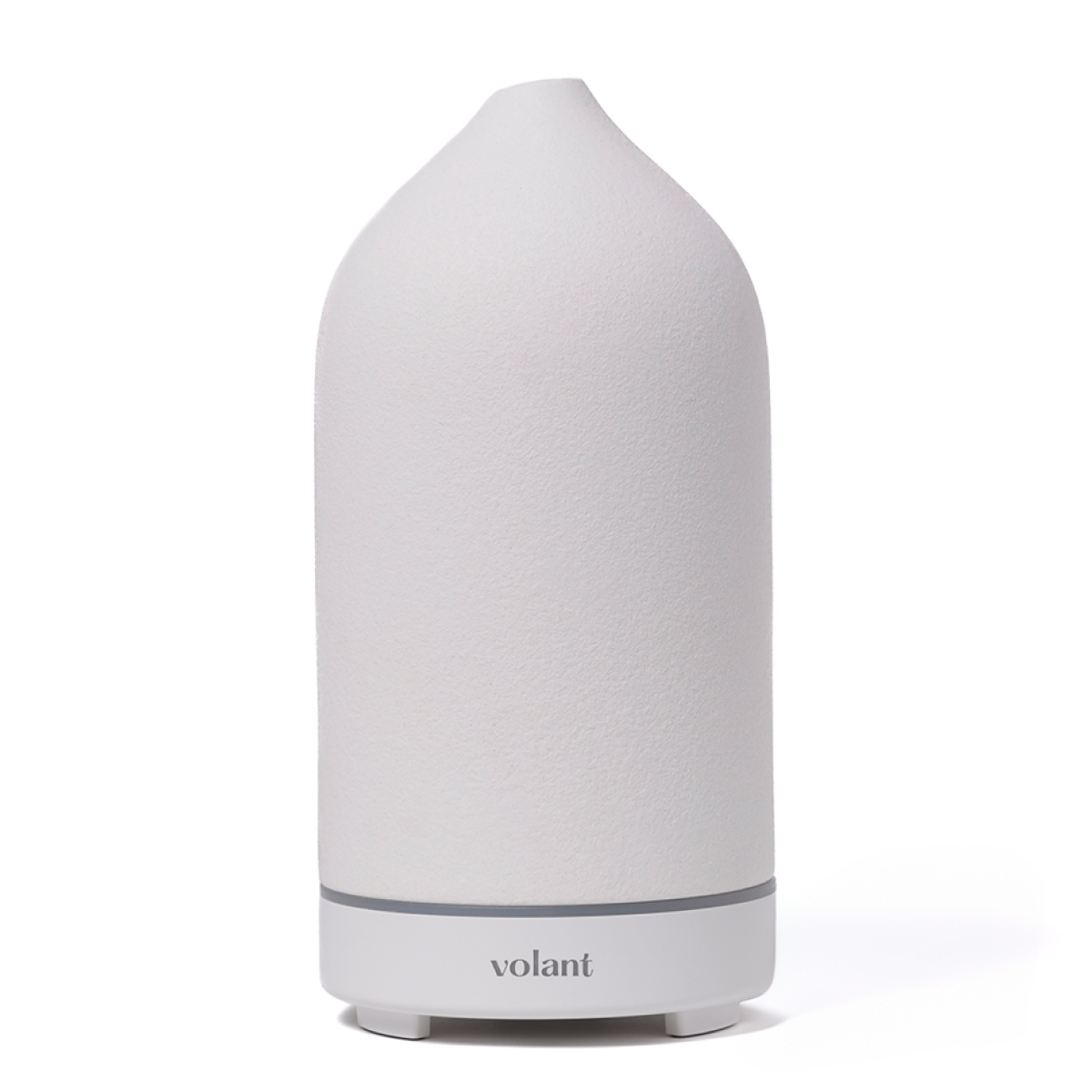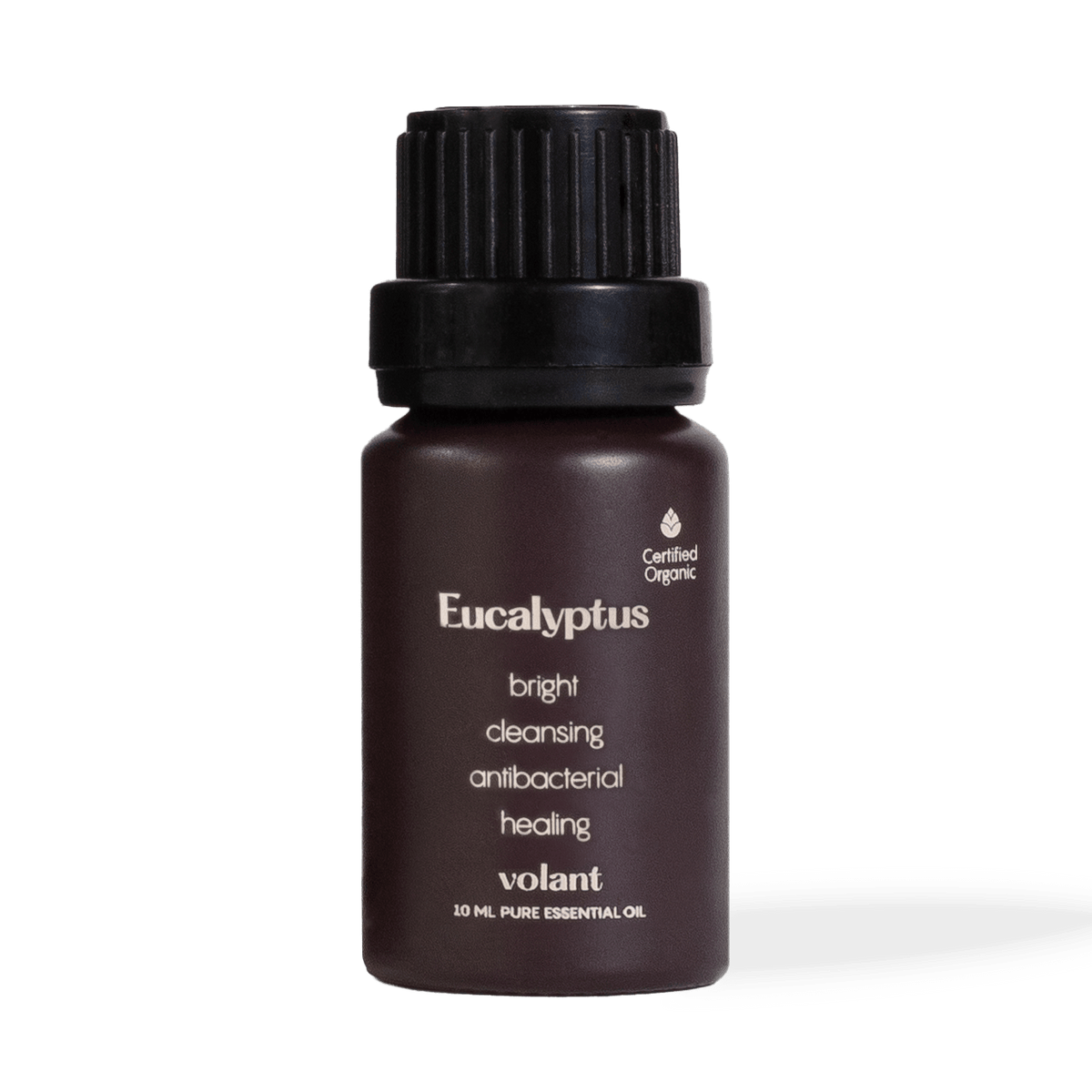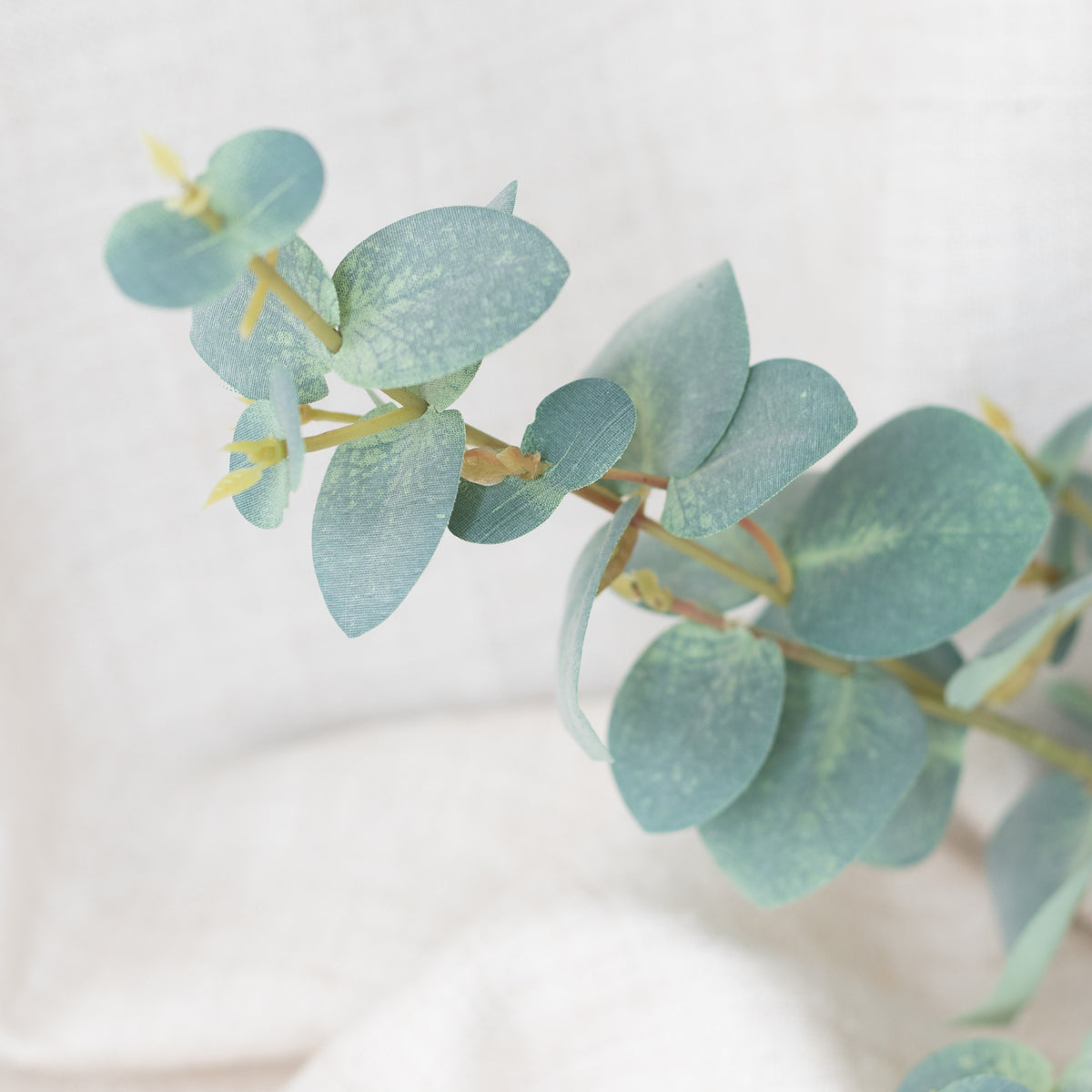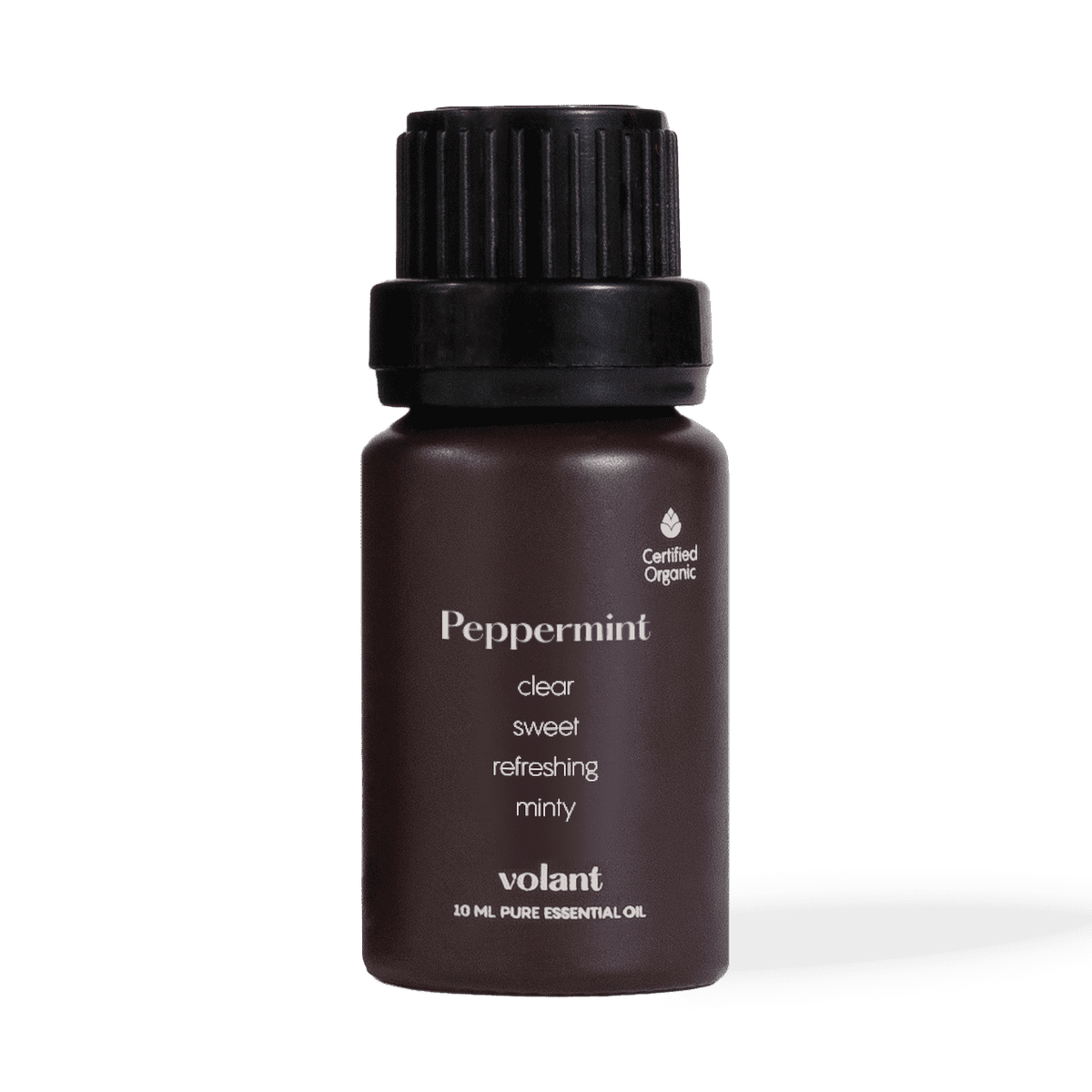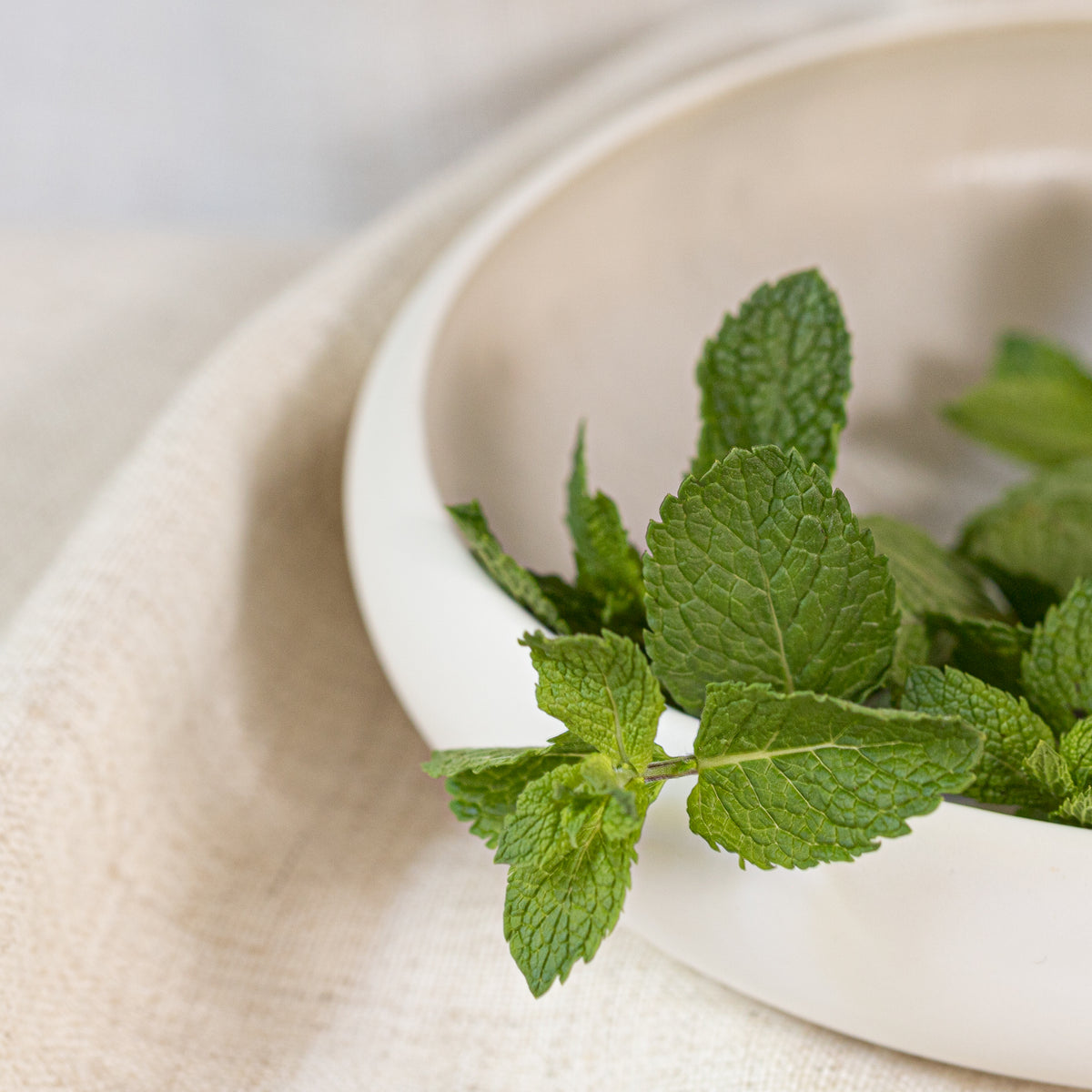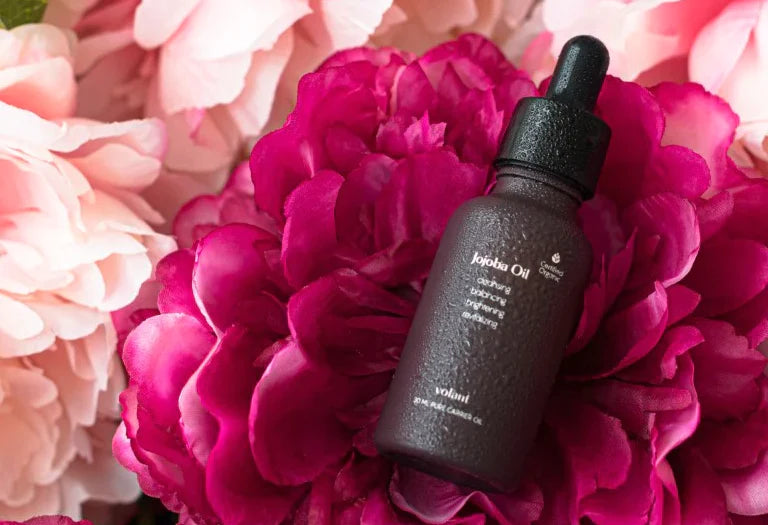When you get the flu, the best option in most cases is to raise your levels of self-care, get lots of rest and fluids and wait for the virus to work its way out of your system. But while you’re waiting for your illness to run its course, there are ways that you can reduce or alleviate the symptoms and give your body a boost to help fight it off.
Using essential oils for flu season is one of nature’s best defenses. Many essential oils have wonderful properties that may alleviate your symptoms, reduce fatigue and headaches and clear your nasal passages. Certain essential oils have antiviral benefits that can help make flu season more bearable too.
If you want to fight back in flu season and give your boy the best chance of a speedy recovery, this guide can help. We’ll tell you everything you need to know about which essential oils are must-haves for your medicine cabinet and the benefits they offer.
Essential oil use in medicine

Many cultures throughout history have used essential oils, each with their own purposes. It’s not certain whether they were used for domestic purposes or healing use initially, but that has changed in recent years. These days, consideration has been given to the effective use of essential oils medicinally in a range of scientific studies.
The Ancient Egyptians started using aromatic oils as long ago as 4500 BC in both ointments and cosmetics. The Ancient Chinese and Indians are first recorded using aromatic oils in their traditional medicine between 3000 and 2000 BC. Greek history tells us that they were using peppermint, one of the essential oils for flu we recommend, among others, between 500 and 400 BC.
Chemists in the 18th and 19th centuries started documenting medicinal plants’ active components. These were considered important contributing factors to their biological effects.
Fast-forward to today and essential oils like lavender, another one of our recommended essential oils for flu season, are still being used pharmaceutically. Evidence suggests that, as studies confirm their benefits, essential oils are going to increasingly feature in our medications in the future.
How to use essential oils for flu
There are multiple ways to use essential oils for flu season. Here are some of the best methods we recommend:
Bathing

Adding a few drops of essential oil to a hot bath is a good way to let it do its work in helping you to feel better. This method combines the benefits of inhalation and topical application.
Compresses

Make a compress that’s either hot or cold according to your comfort level using a washcloth or pad. Add a few drops of essential oil and apply to whatever area is the cause for concern.
Diffusion

Add a few drops of one of our recommended essential oils to your diffuser. This will ensure the oil is dispersed into the air around you, letting you breathe it in and helping you feel better. This is also a great way to help purify the air around you so fewer germs spread, depending which oils you choose.
Inhalation

Inhalation is probably the easiest way to reap the benefits of essential oils for flu season. You could breathe in the scent directly from the bottle or add a few drops to a towel, bowl of hot water, cotton ball or tissue and inhale it that way. This method is a good choice if you’re suffering from congestion and need to open your airways.
Massage

Not only is massage a great way to move lymph, white blood cells, metabolic waste and oxygen around your body, but aromatherapy massage helps you relax, allows your skin to absorb essential oils topically and allows you to target specific areas that might be sore, congested or otherwise uncomfortable.
You’ll need to dilute your essential oil with a carrier oil before you use it for a massage as essential oils may irritate the skin if they're used undiluted or neat. A general rule of thumb is to aim for a ratio of one drop of essential oil per one teaspoon of carrier oil.
Do a patch test first to ensure you don’t have any reaction to the oil you’ve chosen and the ratio you’ve used. If no irritation results, consider using the mix as a massage oil to work away at some of your flu symptoms. A massage will get your blood flowing and promote lymph drainage, both of which are good for boosting your immunity.
Use essential oils for flu season to stop the spread

Did you know that influenza particles can remain viable on objects for as long as two days? Flu spreads via contact with contaminated objects, interaction with infected people and airborne droplets. Make sure your environment is as sterile as possible to combat this using essential oils best suited to the purpose.
The efficacy of using essential oil to kill bacteria has been established, and evidence supporting using essential oils for flu season is mounting. You can enjoy the many benefits they offer as well as reducing the risk of spreading or catching germs, too.
Top essential oils for flu
We all know about the misery the flu can cause, and it’s always a good idea to educate ourselves about possible remedies. If your go-to medicine isn’t providing the relief you need, it may be time to consider alternative methods to manage your symptoms.
Explore the essential oils recommended here and you may find that your symptoms are alleviated and the duration of your sickness is shortened. Bear in mind, however, that it’s not advised to use essential oils to replace medical care. Chat with your medical practitioner before you begin using essential oils for flu.
Eucalyptus

Studies have shown that Eucalyptus Essential Oil has antimicrobial and antiviral properties. Historically, these properties have been very effective in fighting flu symptoms due to the presence of 1.8-cineole.
Not only does eucalyptus directly inhibit viral infection, this compound has anti-inflammatory, spasmolytic and mucolytic effects on the respiratory tract, relieving spasms and allowing you to expel mucus more effectively. The sweet, stimulating scent of eucalyptus will also leave you feeling relaxed and recharged. Add some to your bath, use it as part of a pillow mist before you go to bed or massage a dilution into your chest and throat.
Lavender

Studies have shown that the antiviral, anti-inflammatory and antioxidant effects, chemical composition and cytotoxicity of Lavender Essential Oil means it is effective in healthcare. The presence of camphor, linalool, linalyl acetate, scareol and thujone in lavender means it has many different benefits.
Camphor is an excellent painkiller, and linalool can reduce muscle tension and inflammation, as can scareol. Linalool exhibits antimicrobial properties and thujone antiviral ones, all excellent reasons for using this essential oil for flu.
Lavender can also promote better sleep and overall relaxation as well as ease congestion. Try diffusing it throughout your home or by your bed to help you relax and sleep better, massaging it on sore spots on your body if you have muscle aches, or rubbing it on the bottom of your feet before you go to bed.




